
Sodium cyanide is a highly toxic inorganic compound that can have extremely dangerous consequences when it reacts with acids. This reaction is not only of concern in industrial and laboratory settings but also has significant implications for public safety and environmental protection.
The Chemical Reaction Mechanism
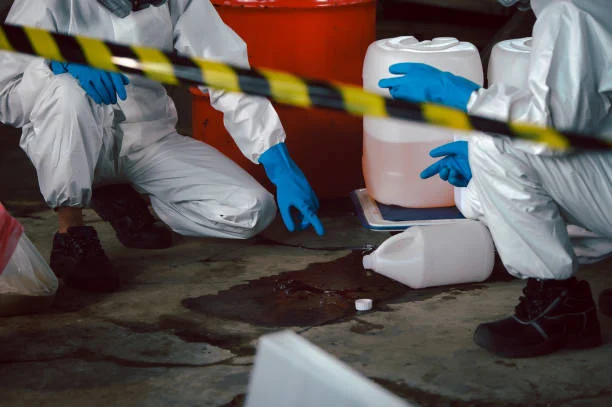
Sodium cyanide (NaCN) is a strong base and when it comes into contact with an acid, a chemical reaction occurs. The general reaction can be represented as follows: NaCN + H⁺ → HCN + Na⁺. In this reaction, the cyanide ion (CN⁻) in sodium cyanide combines with the hydrogen ion (H⁺) from the acid to form hydrogen cyanide (HCN). This reaction can occur even with weak acids, as Sodium Cyanide is a very reactive compound in the presence of acidic substances.
Production of Toxic Hydrogen Cyanide Gas
The most immediate and severe consequence of the reaction between Sodium cyanide and acid is the production of hydrogen cyanide gas. Hydrogen cyanide is an extremely toxic and volatile substance. Even in low concentrations, inhaling hydrogen cyanide can be life - threatening. The gas acts by inhibiting the body's ability to use oxygen at the cellular level. Specifically, it binds to the iron in cytochrome c oxidase, an enzyme involved in the electron transport chain of cellular respiration. This binding disrupts the normal flow of electrons, preventing cells from producing adenosine triphosphate (ATP), which is the energy currency of the cell. As a result, cells are unable to function properly, leading to symptoms such as rapid breathing, dizziness, headache, nausea, and in severe cases, loss of consciousness, respiratory failure, and death.
Environmental Contamination
The release of hydrogen cyanide gas into the environment due to the reaction of sodium cyanide with acid can cause extensive environmental contamination. In the air, the gas can disperse and affect a large area. It can be carried by wind, potentially exposing nearby communities, wildlife, and plants to its toxic effects. If the reaction occurs near water bodies, hydrogen cyanide can dissolve in water, forming hydrocyanic acid. This can lead to the contamination of surface water, which in turn can harm aquatic life. Aquatic organisms are particularly sensitive to cyanide, and even low levels can cause damage to their nervous systems, gills, and other vital organs, leading to mass die - offs in fish populations and other aquatic species.
Risk of Fire and Explosion
Hydrogen cyanide is not only toxic but also flammable. The explosive range of hydrogen cyanide in air is 5.6% - 40% by volume. If the reaction between sodium cyanide and acid occurs in an enclosed or poorly ventilated space where hydrogen cyanide gas can accumulate to within this explosive range, and an ignition source is present (such as a spark, open flame, or hot surface), there is a significant risk of a fire or explosion. Such an event can cause additional damage to property, further release of toxic substances, and endanger the lives of emergency responders and nearby residents.
Prevention and Safety Measures
To prevent the dangerous consequences of the reaction between sodium cyanide and acid, strict safety protocols must be followed. In industrial facilities that handle sodium cyanide, proper storage is crucial. Sodium cyanide should be stored in a cool, dry place, away from acids and other reactive substances. Facilities should also have adequate ventilation systems to prevent the buildup of hydrogen cyanide gas in case of a leak or accidental reaction. Workers handling sodium cyanide should be trained in proper safety procedures, including the use of personal protective equipment such as gas - tight suits, respirators, and gloves. In the event of a spill or suspected reaction, emergency response plans should be in place, which may include the use of neutralizing agents to react with any released hydrogen cyanide gas or the application of absorbent materials to contain liquid spills.
In conclusion, the reaction between sodium cyanide and acid is a serious threat to human health, the environment, and safety. Understanding the potential consequences of this reaction is essential for industries that handle these chemicals, as well as for emergency responders and the general public. By implementing proper safety measures and being aware of the risks, the likelihood and severity of incidents involving sodium cyanide and acid reactions can be minimized.
- Random Content
- Hot content
- Hot review content
- Toxicity Assessment of Sodium Cyanide and Relevant Hazard Prevention Measures
- Lead nitrate 99%
- Booster(Detonating insensitive explosives)
- 99.5% min Ammonium Chloride For Industrial Use
- Ferrous Sulfate Industrial Grade 90%
- Sodium Persulfate,Sodium Persulphate,supplier 99.00%
- Pine oil 85% High Quality Pinitol oil 85% Light Yellow To Colorless Oily Liquid
- 1Discounted Sodium Cyanide (CAS: 143-33-9) for Mining - High Quality & Competitive Pricing
- 2Sodium Cyanide 98% CAS 143-33-9 gold dressing agent Essential for Mining and Chemical Industries
- 3Sodium Cyanide 98%+ CAS 143-33-9
- 4Anhydrous Oxalic acid 99.6% Industrial Grade
- 5Soda Ash Dense / Light 99.2% Sodium Carbonate Washing Soda
- 6Oxalic acid for mining 99.6%
- 7Calcium hydroxide Industrial Grade 90%
- 1Sodium Cyanide 98% CAS 143-33-9 gold dressing agent Essential for Mining and Chemical Industries
- 2High Quality 99% Purity of Cyanuric chloride ISO 9001:2005 REACH Verified Producer
- 3 High-Quality Sodium Cyanide for Leaching
- 4Powdery emulsion explosive
- 5Industry Grade Electron grade 98% Sulfuric Acid H2SO4 Sulphuric Acid Battery Acid Industrial Sulfuric Acid
- 6Colloidal emulsion explosive
- 7sodium hydrosulfide 70% flakes used Mining Industry



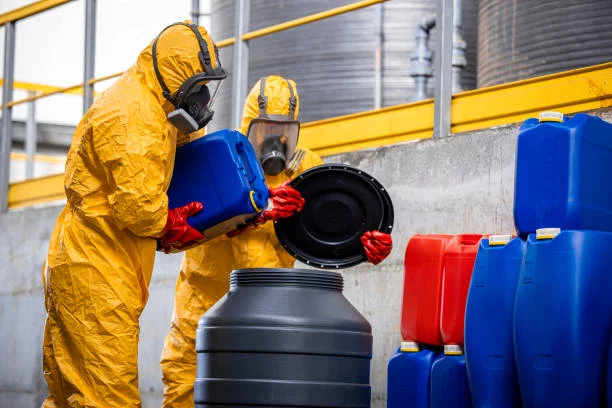
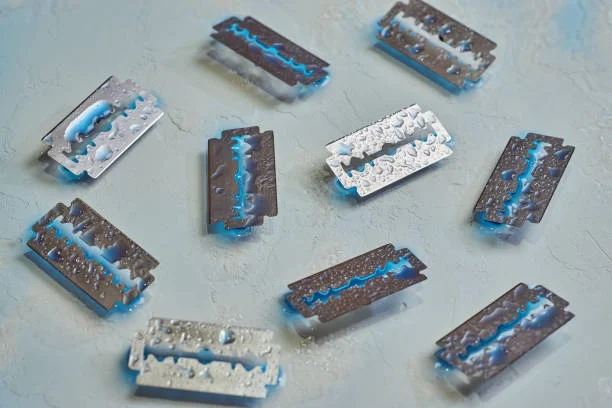
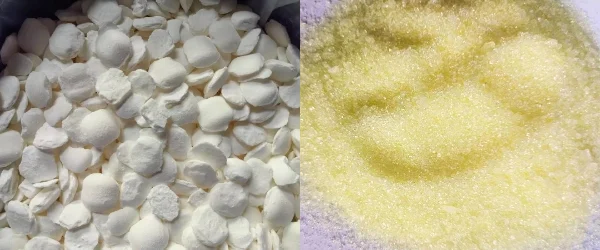
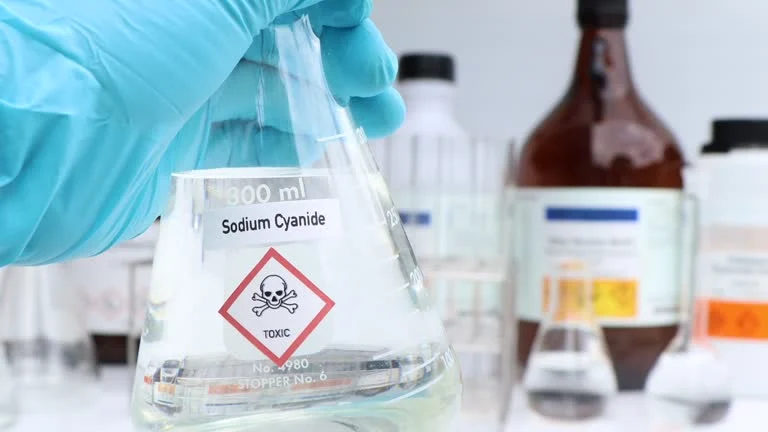
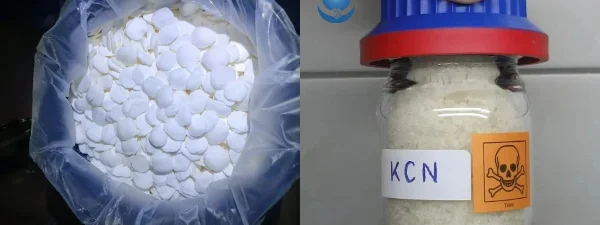



Online message consultation
Add comment: